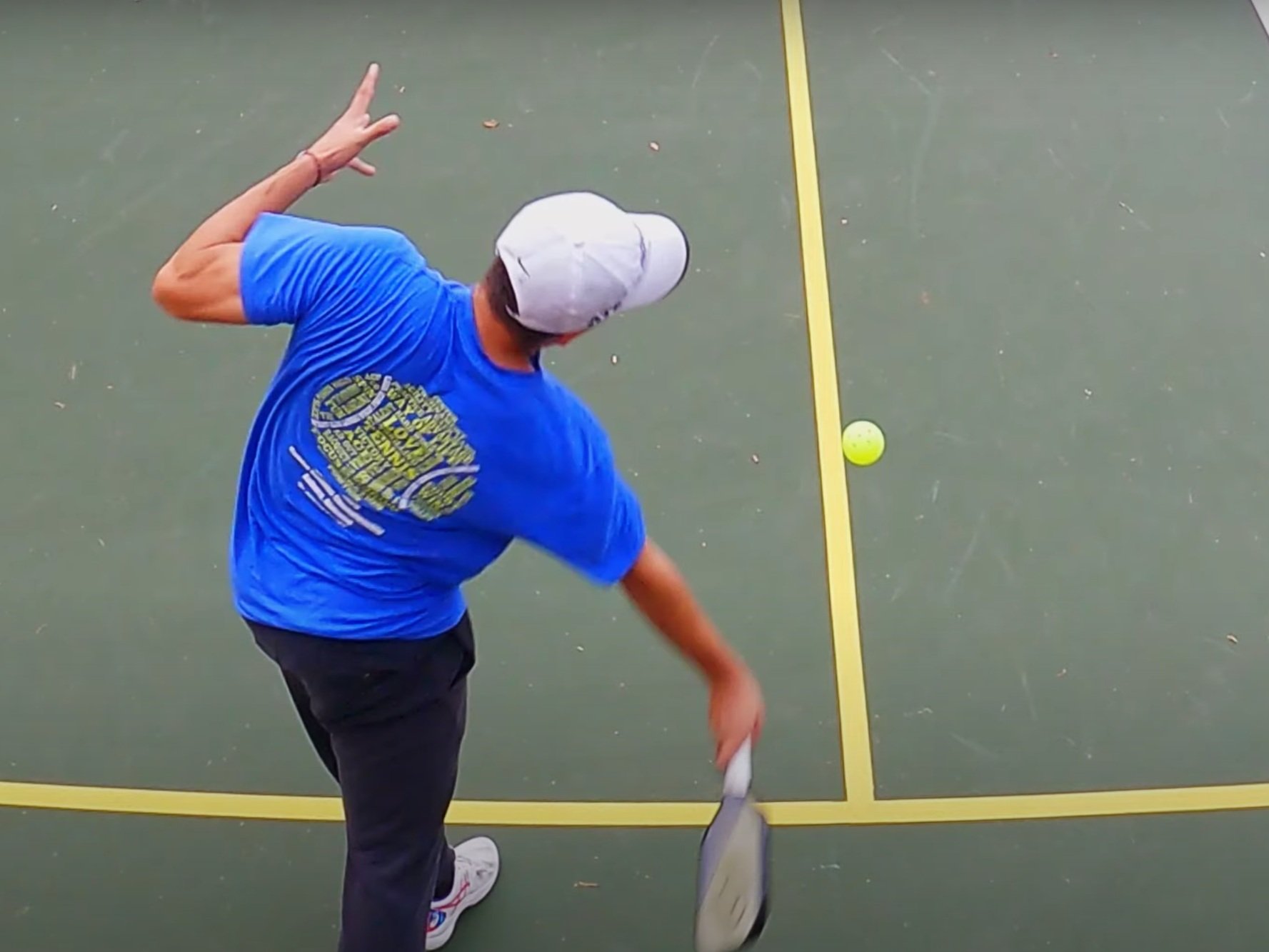What Are the 5 Rules of Pickleball?
The first rule of pickleball is, “don’t talk about pickleball.” Kidding. By now, you probably know everyone who plays pickleball talks about pickleball. Which is probably how you got turned onto it in the first place.
Now that we have your attention, we’ll get to the real rules. Simply put, the rules of pickleball are: the ball must stay inbounds, there should be one bounce per side, serving must be done at the baseline, the serve can't land in the no-volley zone, and the game ends at 11 or 15 points.
But like any sport, there are plenty of nuances, some exceptions to the rules, and some strategies of play that can make some of these rules work to your advantage. So we’re here to talk about those today.
Let’s get to it.
If you hadn’t heard about pickleball five years ago, you’ve probably heard of it today. It’s a game that has been around for a while (invented in 1965) but has only recently started to pick up steam as a mainstream sport. No one can really explain why it has become so popular recently, but with few rules and minimal equipment required, you can see why it would be appealing to many.
Pickleball is similar to tennis in that you have a paddle (akin to a racket) and there is a bouncing ball and a net. In fact, it combines elements of a few sports, including tennis, badminton, and ping-pong. Played using a paddle and plastic ball with holes, pickleball is easy on the joints, and very easy to pick up without any experience and little athletic ability required.
If you want to learn the basic rules of pickleball, you have found the right article.
This will allow you to become more competitive in the sport while learning the game’s nuances and how to play, much more quickly.
Without further ado, let’s get to breaking down the rules of play.
Rule #1: The ball must stay inbounds
Mostly all sports that are played on a field or on a court, the ball must always stay in bounds to be in play. This means that the pickleball has to stay within the white lines on either side of the court when in play.
Like ping pong, if you happen to hit the ball out of bounds, you lose your serve and give the ball to the other team. This puts your team at a disadvantage and can impact the results of the game.
However, the bright side is that pickleball requires the ball to bounce during the serve and return, so if the ball goes “out” on your serve you have a better chance “at net” returning your opponent’s serve (most points are won here).
Rule #2: There should be one bounce per side
As mentioned above, this rule is what sets pickleball apart from other net sports. Funnily enough, this is also the most forgotten rule.
If you let the ball bounce twice on your side, it is returned to the other team. If you serve or return to the other side, it must only bounce once on your side. Your serve will be over if it bounces more than once (or goes out of bounds). Basically, let the ball bounce ONCE before you return it to the other side.
HOWEVER, after the ball is returned after a single bounce and is returned after a single bounce by the server to the other side, the two-bounce rule is completed and either side may play the ball in the air or let it bounce moving forward on that turn.
Rule #3: Serving must be done at the baseline
There are a few regulations when it comes to serving in pickleball. The most important though, is that the serve is done at the baseline (with one foot behind it).
Serve will be determined by a coin flip or random number selection, but traditionally, a flip.
Additionally, the serve must be done underhand with the ball held below the waistline and served diagonally to the opposite side. If these rules are broken, it will be counted as a fault and the serve will go to your teammate or directly to the other side if you are playing singles.
Rule #4: The serve can't land in the no-volley zone
This zone is anywhere inside of the lined box that is 7 feet from the net. The no-volley zone is on both sides of the court. This is often called the kitchen line and you’ll hear players saying, “stay out of the kitchen” when referring to the no-volley zone.
The serve will be lost if your ball touches the no-volley zone on a serve; your serve needs to go beyond it. After the serve though, you may drop the ball in the kitchen (called a “drop-shot”).
But in general, on the serve, the deeper the better anyways. Just remember that it needs to bounce once on each side before continuing the volley and dropping in the kitchen.
Rule #5: The game ends at 11 or 15 points.
Traditionally, pickleball ended at 11 points. But, similar to volleyball and tennis, the winning team must win by at least 2 points. So if you’re at 11 but the other team gets 10, the game will go on. This means that the next score the game can end at will be 12.
Some games go to 15 by default, but they must still win by at least 2 points. The ending score will always be discussed by both teams beforehand.
When playing to 11, teams switch sides of the court when the first team hits 6 points. If you play to 21, you’ll switch at 8 points.
And there you have it, the five rules of pickleball. Now you should be ready to start practicing. It’s easy enough to get started ─ you could even spray paint a court on your driveway, if you really wanted!






